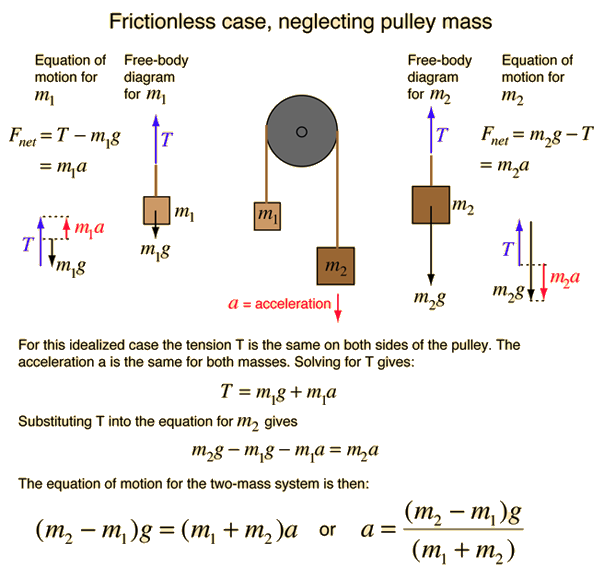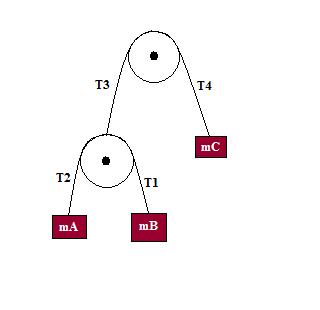Difference between revisions of "Forest UCM NLM AtwoodMachine"
Jump to navigation
Jump to search
| Line 10: | Line 10: | ||
[[File:TF_UCM_DAM_1.gif]] | [[File:TF_UCM_DAM_1.gif]] | ||
| + | |||
| + | |||
| + | ==The problem== | ||
| + | |||
| + | |||
| + | ==Step 1: Identify the system== | ||
| + | |||
| + | :The block is the system with the following external forces, A normal force, a gravitational force, and the force of friction. | ||
| + | |||
| + | ==Step 2: Choose a suitable coordinate system== | ||
| + | |||
| + | : A coordinate system with one axis along the direction of motion may make solving the problem easier | ||
| + | |||
| + | ==Step 3: Draw the Free Body Diagram== | ||
| + | |||
| + | [[File:TF_UCM_FBD_InclinedPlaneWfriction.png | 200 px]] | ||
| + | |||
| + | == Step 4: Define the Force vectors using the above coordinate system== | ||
| + | |||
| + | |||
| + | |||
| + | ==Step 5: Use Newton's second law== | ||
[[Forest_UCM_NLM#Atwoods_Machine]] | [[Forest_UCM_NLM#Atwoods_Machine]] | ||
Revision as of 11:21, 22 August 2014
Simple Atwood's machine
Double Atwood's machine
The problem
Step 1: Identify the system
- The block is the system with the following external forces, A normal force, a gravitational force, and the force of friction.
Step 2: Choose a suitable coordinate system
- A coordinate system with one axis along the direction of motion may make solving the problem easier

